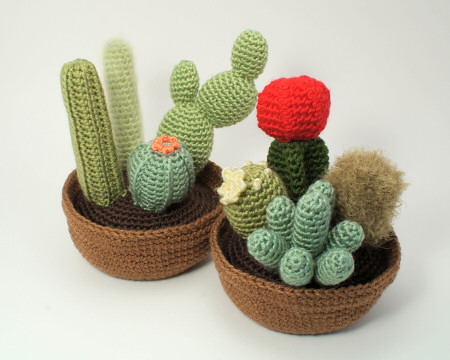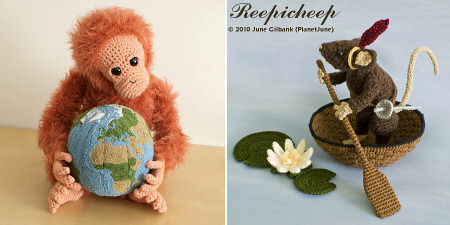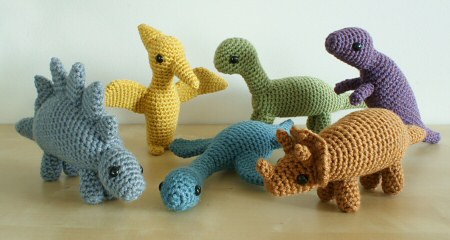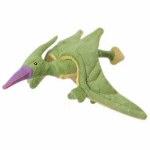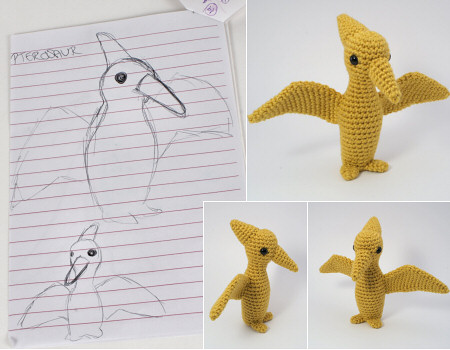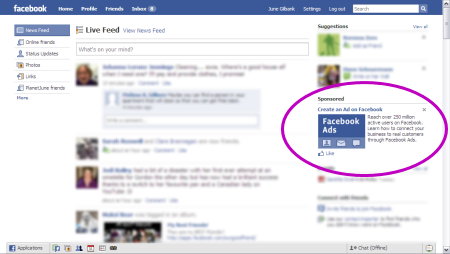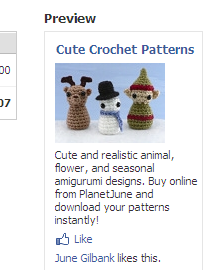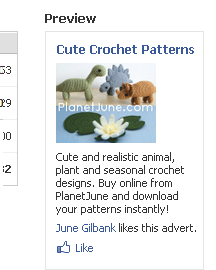beating craft business overwhelm
If you run a crafty business, do you ever feel like it’s overwhelming you? This is how I’ve been feeling:

It’s the price of success: as your one-person business expands, so does your workload. At some point, you have to change something about the way you conduct business. According to this article, the options are to either limit the amount of business you can do (and hence the income you can generate), or continue to expand (by hiring employees, buying new equipment, etc) and spend more time working on your business, and less time in it.
Neither of those options – limiting or employing – appeal to me, so I’ve been developing strategies for coping with my business growth and reclaiming my time both to be creative within my business and to have a life outside of my business. If you’re also feeling overwhelmed by your business and wondering what you’ve got yourself into, maybe my ideas can help you too!
So, how can a crafty business continue to grow without its owner being worked into the ground?
Three Strategies to Beat the Overwhelm
I’m sharing my strategies here in the hope that they’ll help other people with their own creative businesses to improve their working situation and work/life balance. Of course, each crafty business is unique and the way you tackle this depends on what you sell, how you like to work, and the specific situation you’re in with your business right now, so it’s up to you to figure out how you can implement these strategies in a way that makes sense in your situation.
1. Streamline and Automate
How many tasks do you do multiple times that you could streamline or automate in some way to save time in future?
There are several ways you could start to automate your most repetitive tasks:
- Employ someone to do them for you. The classic way to begin to grow your business.
- Create (or purchase) technical solutions. See my examples below. Even something as simple as saving stock responses to paste into your emails (to answer the questions you’re asked over and over) can be a huge time-saver.
- Create batch processes so you can be more efficient by doing each task multiple times before moving onto the next stage. This can apply whether you make handmade goods (making your items in batches vs individually could save a lot of time) or for any other tasks (e.g. processing Etsy orders once a day instead of dealing with each order as it comes in).
2. Prioritise
Firstly, what’s your prime focus for your business? Is it to make lots of money, or to do what you love and, hopefully, earn enough to live on in the process?
(A little aside: if your main aim is to make money, you may want to think about whether a craft business is really the best way to do it. When I told you about reaching a huge financial milestone, I didn’t mention that I’m still working probably twice as many hours to earn that money as I did in a day job, and I work equally hard even on the slow days when I may bring in nothing at all!)
- Passion questions: What do you most love to do? Which areas are you less passionate about?
- Finance questions: Which areas are bringing in more money? Which don’t make financial sense to continue working on?
Note: ‘areas’ could be different crafts, different product ranges, different tasks, or any different aspects of your business; the specifics depend on the nature of your own business.
Ideally, you’ll be driven by the answers to the passion questions, but it’s useful to at least think about your answers to the finance questions. Maybe, if an area is a bust financially but you still love doing it, you can relegate it back to ‘hobby’ status and just enjoy it with no pressure of success. (And nothing is set in stone. Taking a break may let you return to it with a fresh perspective in a few months/years – it could still be a huge success in the future…)
Once you’ve figured out your priorities, you’ll know where to concentrate your efforts and what to stop (or to outsource, if that’s a possibility for your business). These decisions are always hard to make but you’ll know when you’ve made the right choice for you – a weight will be lifted off your shoulders!
3. Re-energise
It’s easy to get so bogged down in work that you feel you don’t have time to do anything else, especially ‘frivolous’ tasks like other hobbies with no purpose other than enjoyment. What do you love to do, apart from what you do for your work? Make time to do it!
You’ll feel better for taking a break, it’ll give you a chance to clear your head, and you’ll be able to bring the creative energy and feeling of accomplishment from having done something fun back with you when it’s time to start work again.
You may even find that your brain will keep working subconsciously and, while you’re concentrating on something completely different, you’ll come up with a solution to something you’ve been puzzling over – I know that works for me!
How I’m Applying the Strategies
I’m working far too hard, and something has to change if I’m going to continue without burning out. I know from my ‘colleagues’ on twitter that I’m not alone in this situation: running the business has become so overwhelming that there’s almost no time left for the creative side of it. My design time is currently limited to evenings and weekends, and my time when I’m not working is pretty much non-existent – not a great situation to be in!
I came up with these strategies last Christmas, and, although I still have a long way to go to bring my workload under control and to be able to manage future growth, I can already see results, and I know I’m taking steps in the right direction. Here’s what I’ve done so far to implement each of the strategies:
Streamline & Automate: I’ve read a lot of advice that says at some point you must hire help if your business is going to succeed, but I don’t want to be at the helm of a PlanetJune empire! I didn’t go down this path because I wanted to run a business; I want to make beautiful things and to help other people to make them too with my patterns and tutorials. The business side of it exists solely so I can distribute my work and earn a living from my creations.
As I know I don’t want to become an employer, I’m creating technical solutions – setting everything up means extra work in the short term, but the resulting systems will reduce my workload in the long term: my own website will be my ‘assistant’ in the future! Here’s what I’ve done so far:
- Making my blog navigation clearer, building up my FAQ and adding more tutorials means I get less questions by email.
- Answering emails with a brief link to the relevant FAQ answer or a pre-written canned response helps me get through the remainder more quickly.
- Setting up automated systems to manage my pattern commissions, to log requests for new commissions, and to create photo galleries for the PlanetJune Crochet-Along roundup posts – all big time-savers.
Prioritise: Before I can scale back on the amount of work I do, I need to identify which of the things I do are really important to me, and what I could (reluctantly) let go.
- I set up my Seller’s list when I realised I’d never find time to accept commissions for finished toys (coming up with new designs beats remaking old ones).
- I’m cutting back on tech editing and drawing crochet stitch diagrams for other independent designers (time is more precious to me than money at this point, so I have to concentrate on my own business).
- I’ve stopped designing new punchneedle patterns (they have limited selling potential as the craft is relatively obscure).
- I’ve stopped my monthly wildlife photography blog posts (they turned into a huge time sink and became more stressful than enjoyable).
None of these were easy decisions to make, but they’re all helping me to reclaim some time. And, I’m also trying to think more carefully before acting on my latest spur-of-the-moment great idea: is it really such an amazing idea that it’s worth exploring right now, or should I just keep a note of it and come back to it at some point when my schedule is less full?
Re-energise: When I started this blog, I used to just craft because I love making things – if you go back through the blog archive, you’ll see lots of those projects in the early years. In the crazy rollercoaster ride that took me from hobby to business, some of the fun got lost somewhere along the way…
For the past few weeks, I’ve tried to give myself enough time to make some quick, easy craft projects (you may have already noticed a few posts popping up here as a result – pictured below). They are nothing to do with work, nothing I need to write a tutorial for, and have no schedules or deadlines. It’s really refreshing to just make stuff with no agenda.
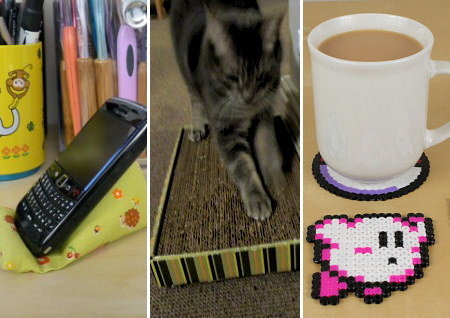
L-R: beanbag smartphone stand, cardboard cat scratcher, fuse bead coasters
As I’ve been posting the finished projects here, even with no tutorial (and I really don’t think many simple craft projects need a full step-by-step tutorial – you aren’t stupid!) I can already see from the comments that my fun projects are inspiring other people to make stuff too – an unexpected bonus.
Continuing: I plan to keep going with all these strategies for the rest of the year, and, fingers crossed, I’ll be finding things much easier to cope with by the time 2013 comes around 🙂
Join Me?
So, that’s my plan to beat the overwhelm, through the strategies of automating, prioritising, and re-energising. What do you think? Can you see how my strategies could also be applied to your own business – or even to your life in general?
And if you have more or better suggestions to beat the overwhelm, I’d love to hear them too!


